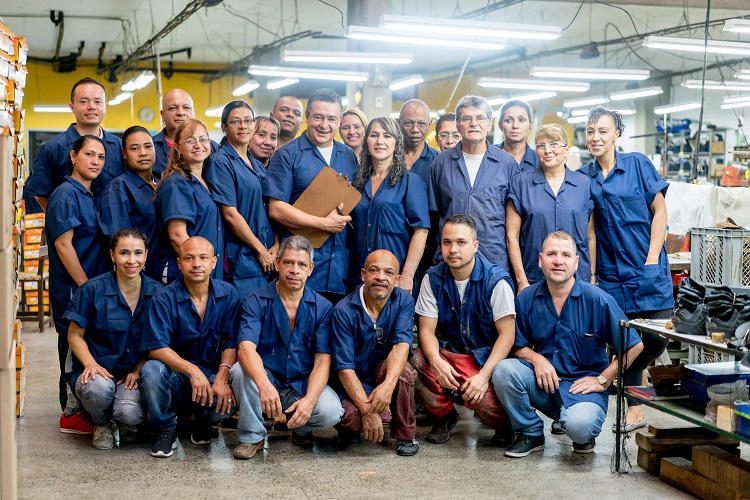Steve Trautman’s Tips for Onboarding New Employees

Onboarding new employees is extremely important for manufacturing businesses. Not only do you need to consider safety and process training, but you need to keep track of progress to ensure employees aren’t in the “new employee” phase for too long. Recently, we had the opportunity to talk with Steve Trautman, a risk management and knowledge transfer expert who provided us with some great information on why onboarding is so critical today and some best practices you can use during the onboarding process.
Question: Why is onboarding more critical today than in the past?
Onboarding has always been critical, but the reason it seems more important is people are changing jobs more frequently. Today, you see people on 18-month or 2-year tracks instead of 5- to 40-year tracks with a firm. A recent Gallup poll found that 51% of employees are actively looking for a new job or watching for openings.
Because of this, companies can’t afford to spend years getting an employee up to speed—they would be gone before they’re fully onboarded. Today’s pace demands that we make sure people are productive faster than ever before.
There’s another reason speedy onboarding is important. Many of the people who work for our companies aren’t employees, they’re contractors who may spend a very short time with the organization. So, we need to be able to onboard them immediately. We should strive to have them independent and productive within their first week.
Question: What are best practices for onboarding new employees?
For a successful onboarding process, employees need to know what being fully onboarded looks like. They need to know they’re new until they can successfully and independently complete a defined set of tasks. When they can do those things, they’ll be meaningfully contributing to the company’s big picture.
Alex is a plant general manager I met in Wisconsin recently who is concerned about employee retention. He and I discussed ways to make his new employee orientation more effective, starting with explaining to new recruits why they made a great choice in joining the company, what the company does and why it is important, and the role the employee will play in the company and serving its customers. This helps employees locate themselves in the company’s big picture.
There’s a way to test whether new employees get the big picture and understand how they fit into it. Over the years I’ve used questions like these to test alignment between leaders and their new staff:
-
Who are the customers or customer segments we serve?
-
What products or services do we provide?
-
Who are our competitors, why is each considered a threat, and what can we learn from them?
-
How do we measure our success now, and how might that change in the future?
-
What are three things our unit is doing to support the current strategy?
Question: How can you track an employee's progress to becoming proficient?
One of the reasons onboarding can take so long is it can take months—or even years—for employees to figure out what they need to learn to be successful on the job. If an employee doesn’t know what they don’t know, how can we expect them to learn it?
So, my process for tracking an employee’s progress to becoming proficient begins with making a comprehensive list of all the things a new employee needs to be able to do. That may sound overwhelming, but in my experience, no matter how complex a job is, it can be broken down into granular tasks that need to be performed. The result is a specific task list you can hand to new employees on their first day.
Once an employee is clear on what they need to do, we must give them a way to measure whether they’re doing those tasks correctly. Often, after a new employee performs work, someone else reviews the work and explains any issues that are found. That’s a common way to measure proficiency, but it can be time consuming and costly.
Instead, I like to ask questions up-front. For example, before I send someone off to build a widget or operate a piece of technical equipment, I might ask what steps will be taken, how the employee will know if help is needed, who to talk to about issues, or what rules will be followed. By asking these questions, I might be able to determine if the employee would have built a bad widget or operated machinery unsafely.
As an employer, if you can predict whether an employee is about to fail, you can decide whether that failure is going to be a good use of anyone’s time.
How does this fit with fail early, fail often? I grew up at Microsoft in the early 90s. We were inventing new applications, and Windows had just launched, so I understand failing early and failing often. I’m not opposed to innovation and ideation—I love that stuff. I believe we can learn from our failures, but if we are glorifying failing early and often, I think we’re missing a step. Let’s fail smart. By that, I mean let’s fail after a reasonable attempt to not fail.
An insurance company that cares about you and insuring the things you wish to be insured.
Get a Quote> Find an Agent>

